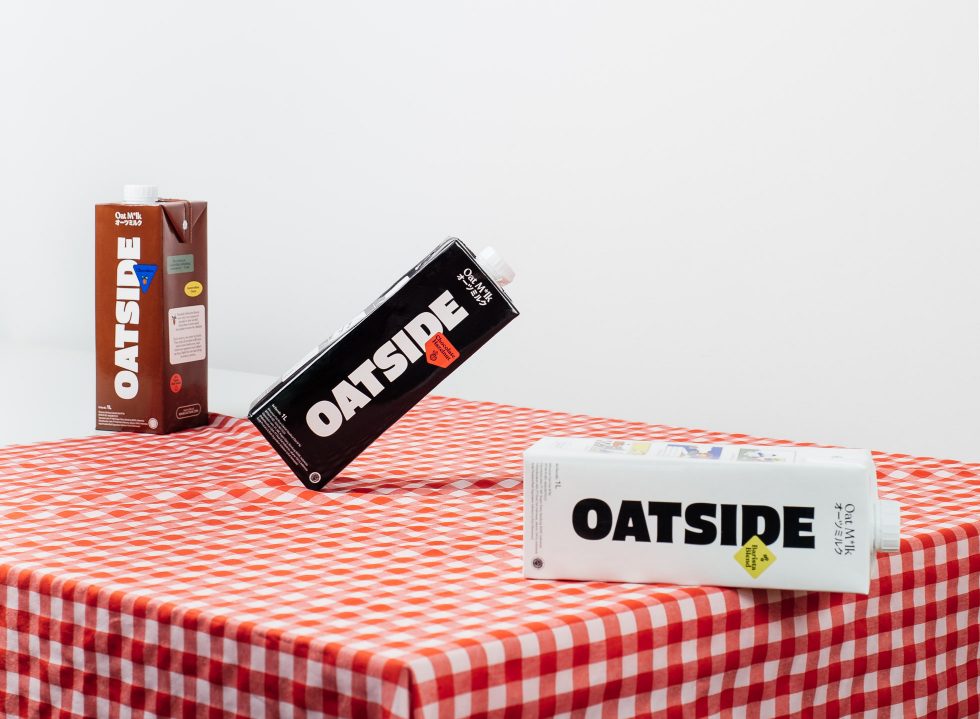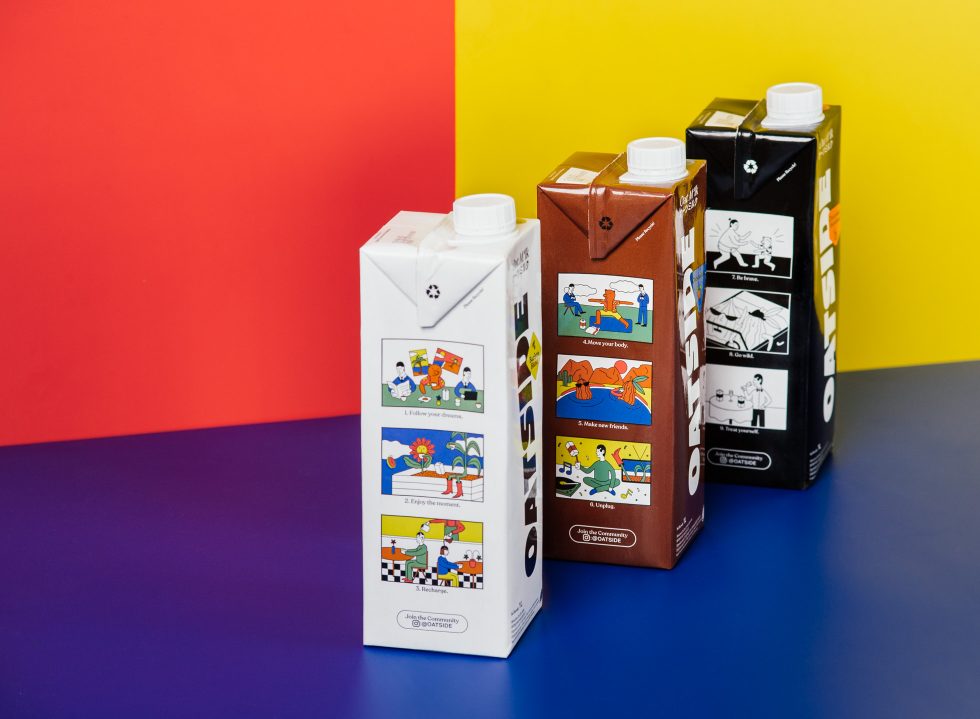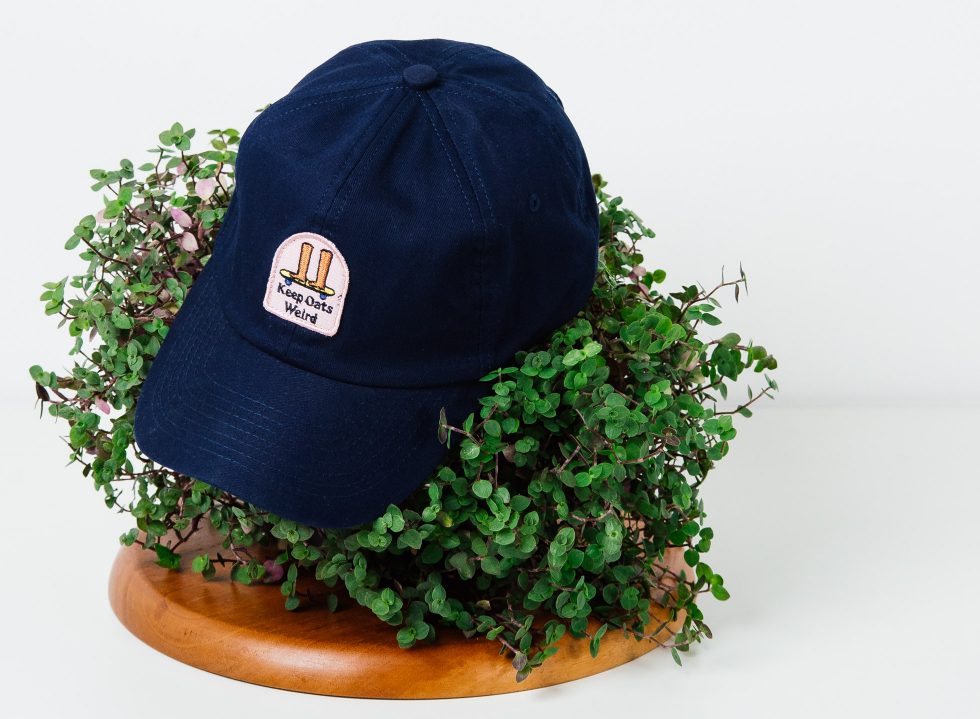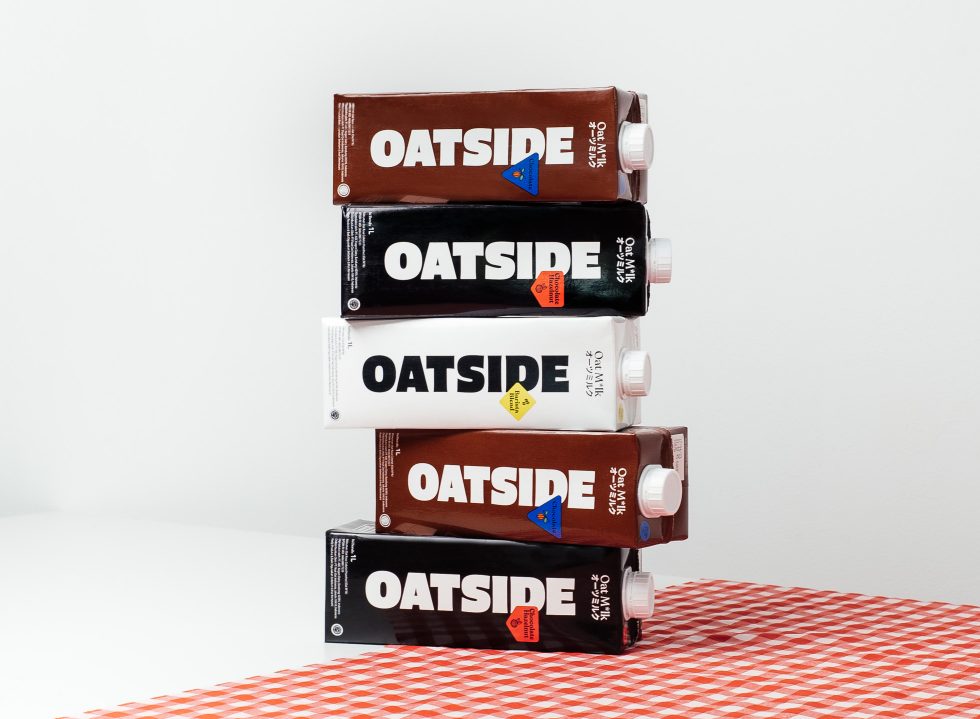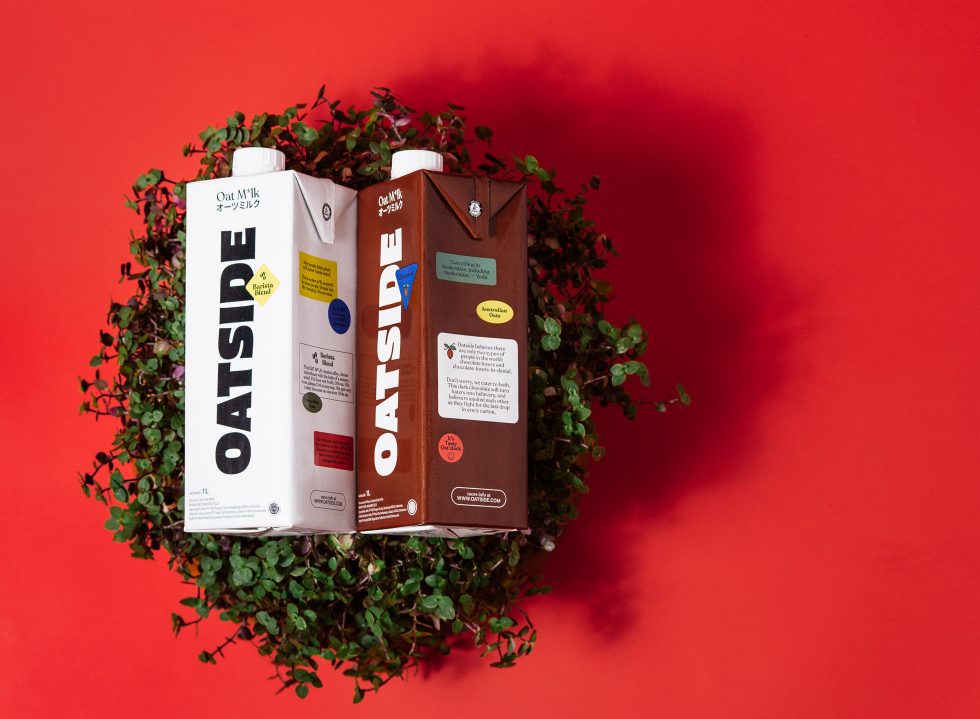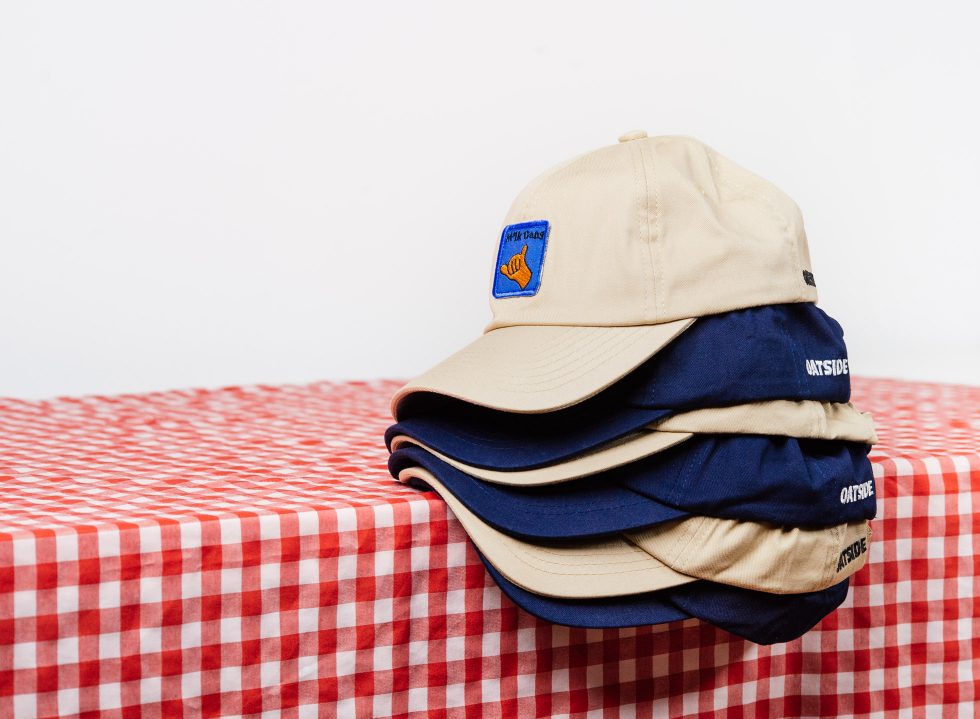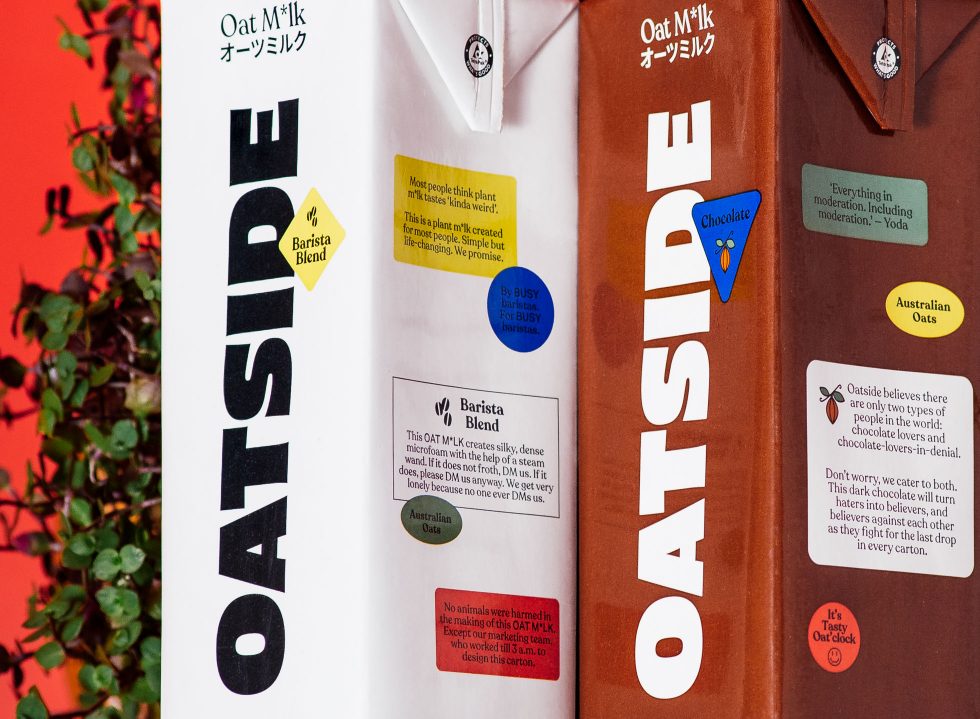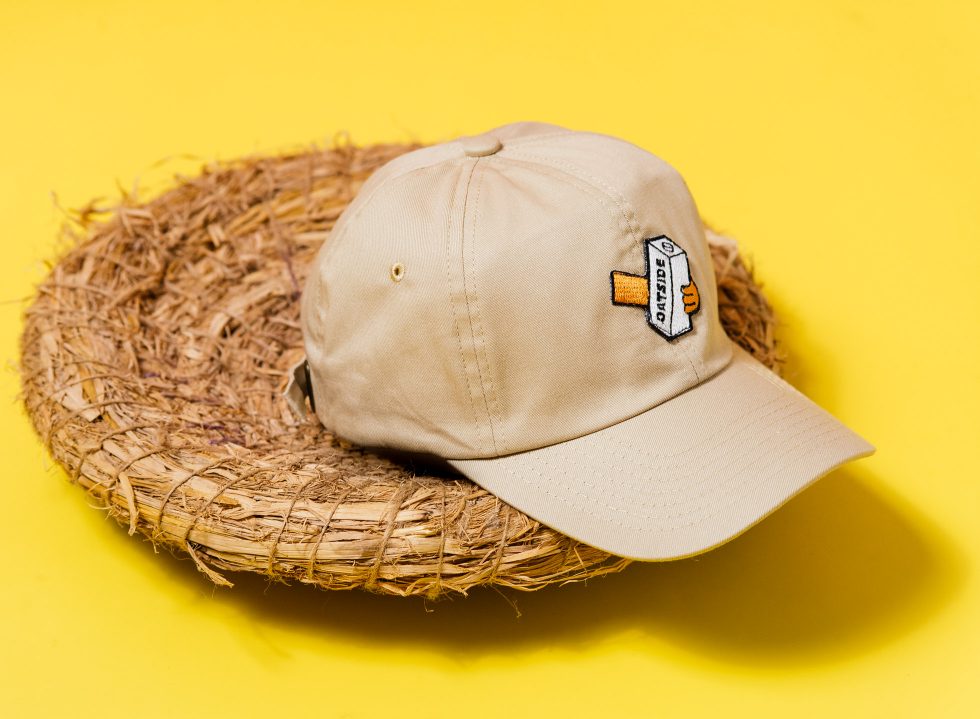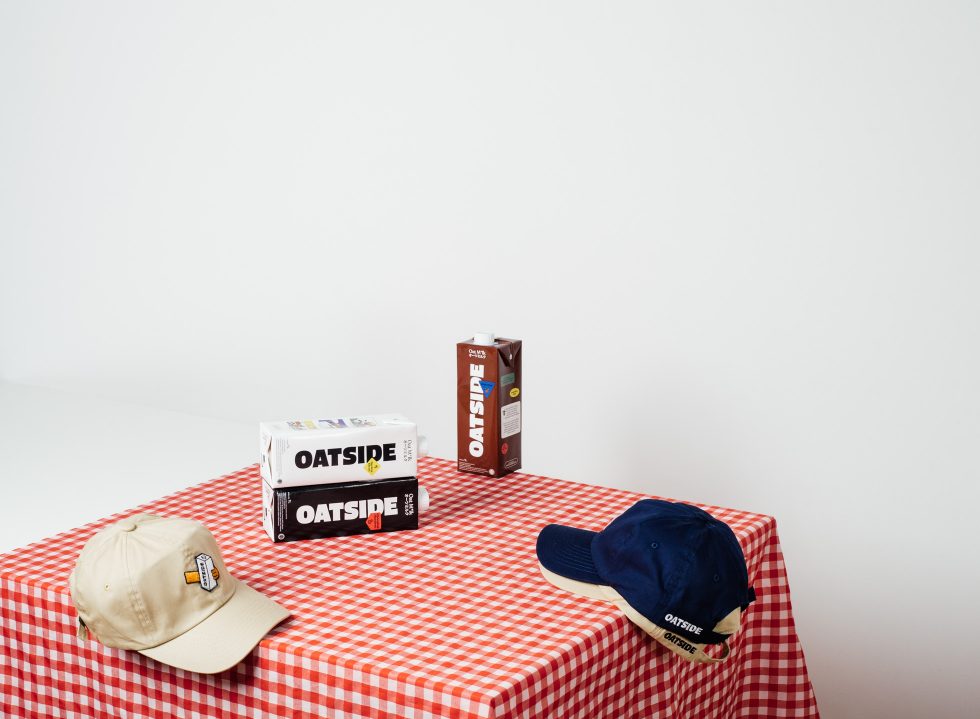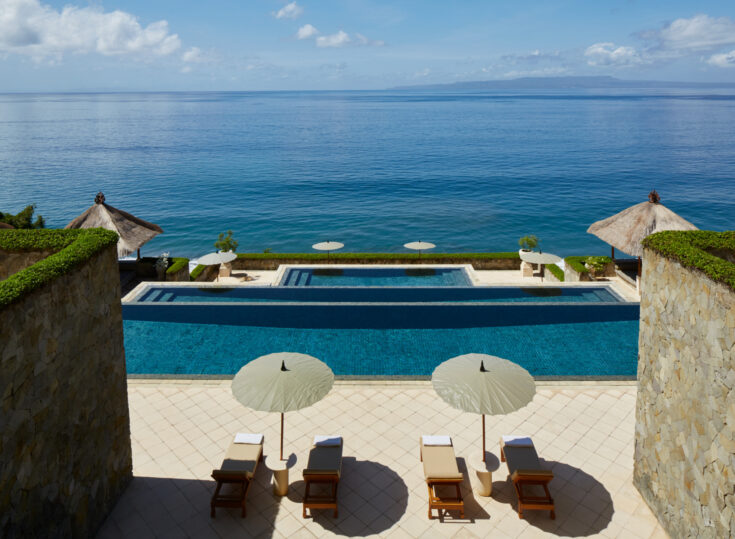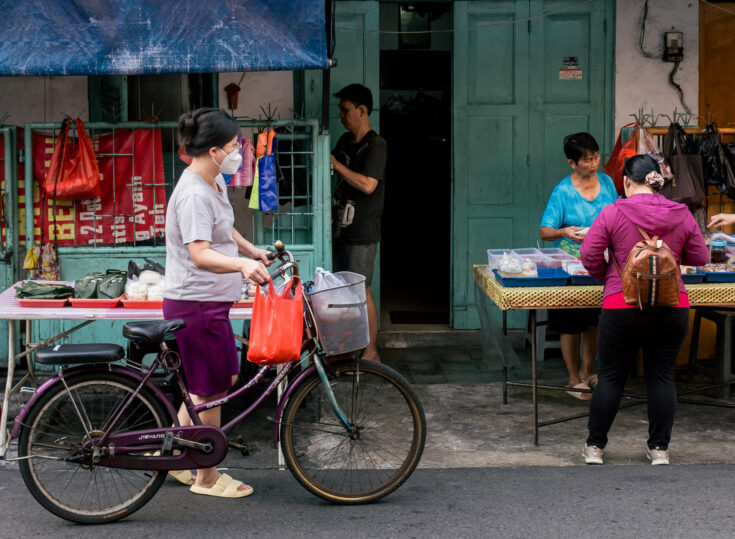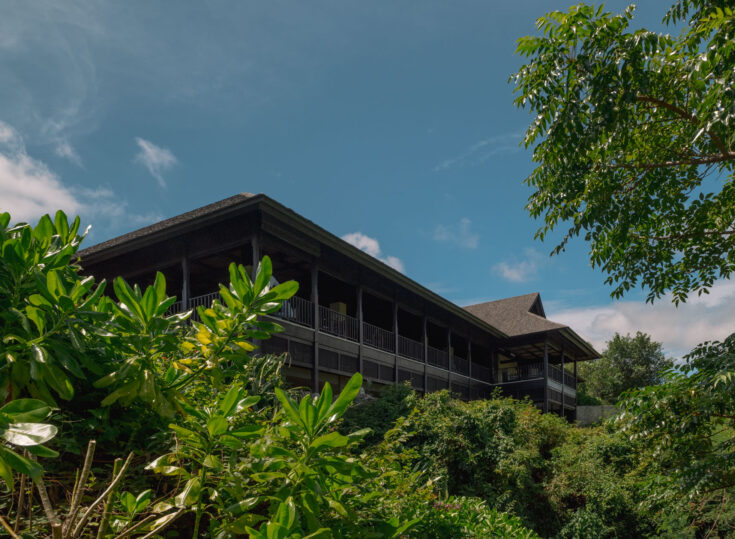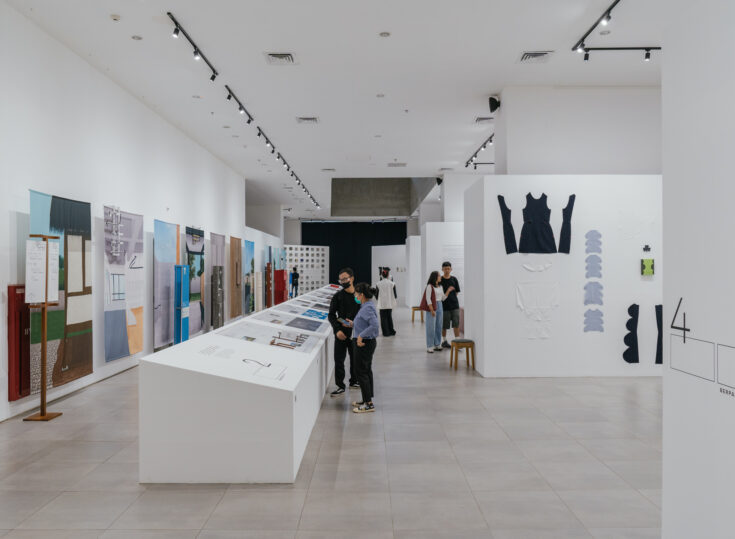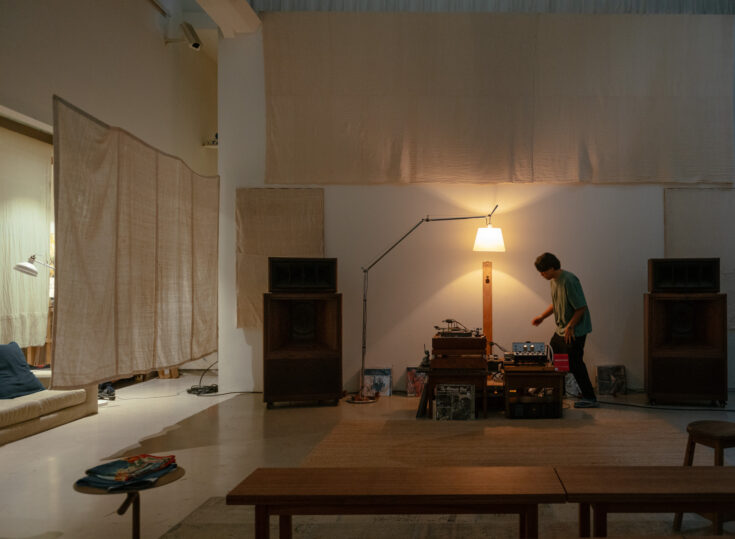Sparked by the pandemic—and the rising consciousness of health and environmental impacts that came with it—the US has been experiencing an oat milk boom. So much so that alongside toilet papers and canned goods, oat milk too was in short supply. But back on the shores of Indonesia, oat milk was mostly a luxurious commodity found in expensive lattes—that was until OATSIDE joined the market.
Started in Singapore but produced in Bandung, West Java, founder Benedict Lim aims to target the lack of plant-based milk alternatives in the Asian market, especially considering the fact that “90 per cent of Asians are lactose intolerant,” the Cambridge alumnus shared in an interview with VOGUE Singapore. This proximity in location guarantees OATSIDE’s accessibility to the growing demand, which quickly sees coffee shops to home fridges across the country stocking up the plant-based milk. A community is blossoming, and it suits the brand’s mission.
“OATSIDE sounds like a place where we can gather people around a common interest and purpose, which ties back to our intention to build a community in the OATSIDE of life,” told the brand’s representatives through an email interview.
As OATSIDE aims to make oat milk a plant-based dairy alternative that appeals to everyone, its visual language sets out to reflect that too. After much trial and error, they finally found their match with a team based all the way in Mexico to realise their vision for the brand. The result? A colourful and playful OATSIDE cartoon universe centred around a bear mascot aptly named Bear.
Whether on OATSIDE’s milk cartons, website or social media channels, Bear can be spotted in his unbuttoned red Hawaiian shirt interacting with the community around him while tackling everyday themes with casual humour. That can be matters of insecurities and burnouts, like in the catchy “Always look on the OATSIDE of life” jingles on YouTube, or even love—as a quick browse through their website would reveal the jolly animal writing a ‘breakup letter’ to Cow (playfully referring to the move away from dairy milk).
“The illustrations are a way to convey the OATSIDE world, the bright side of life in all its unfiltered, modern glory. And though it is a cartoon, it has a feel and tone that speaks to adults, which is our intention,” shared the team.
Aside from Bear, OATSIDE also presents its identity through short, sweet and often punny copywriting wrapped in its signature bold yet clean typeface. It is most prominent on the brand’s Instagram page, which sees a number of short ‘rants’ and anecdotes that many would find relatable: “As it turns out, being an adult really just means Googling everything,” says one.
Recently, the oat milk brand has also extended its repertoire to include limited-edition dad hats, made in collaboration with the sustainable hat brand, Topiku. Hand-stitched with some of OATSIDE’s favourite icon designs, featuring quips like ‘Keep Oats Weird’ and ‘The OATSIDE Tasting Club’, the organic cotton twill caps come in two colours: sand beige and navy blue.
“Topiku’s mission to create eco-friendly caps that support sustainable development resonates with OATSIDE. Their hats are responsibly crafted from upcycled and recycled waste materials that would otherwise end up in landfills,” explained the OATSIDE team.
This aligns with OATSIDE’s community-focused mission. According to the team’s data, making oat milk inherently requires fewer resources than its dairy counterparts, using 90 per cent less water and producing 70 per cent fewer carbon emissions. But OATSIDE, having full control of its manufacturing process, also goes beyond the standard for most oat milk producers: “We pipe natural spring water from the source to 80 homes along the way to our production facility, providing free clean water to people in the community.”
Be it through design or community outreach, for the team it is important to “be able to put a smile on people’s faces whenever they come across the brand.” And as OATSIDE continues to grow, “We intend to build out more initiatives to continue making impactful contributions to the community where we produce,” they concluded.
